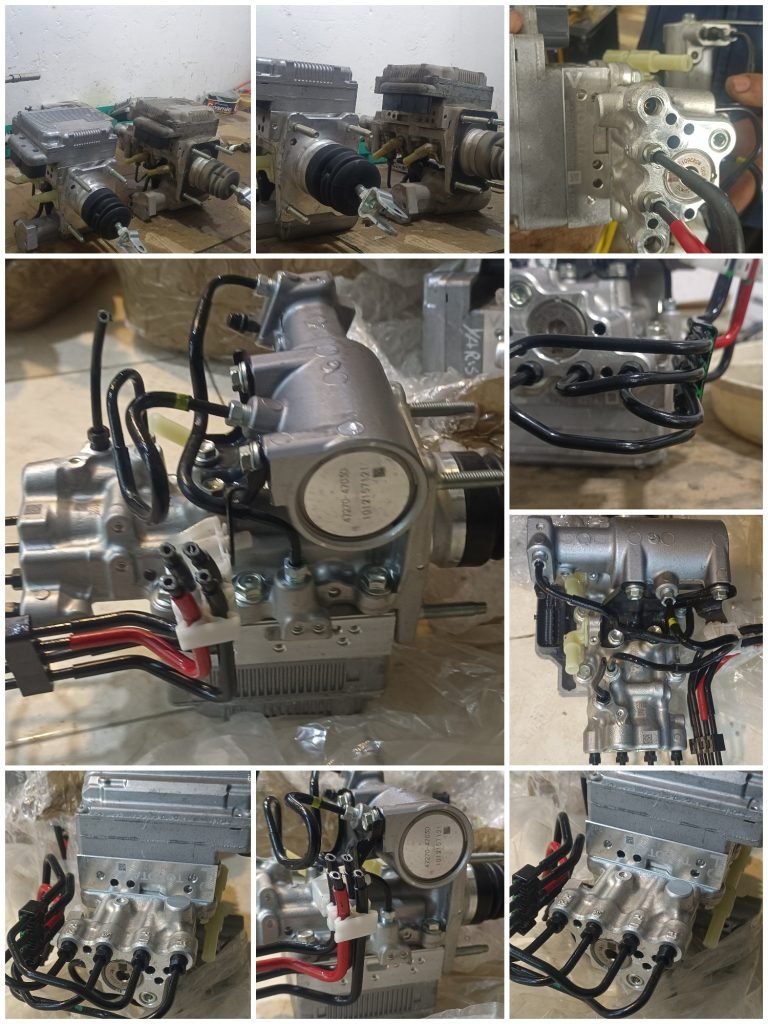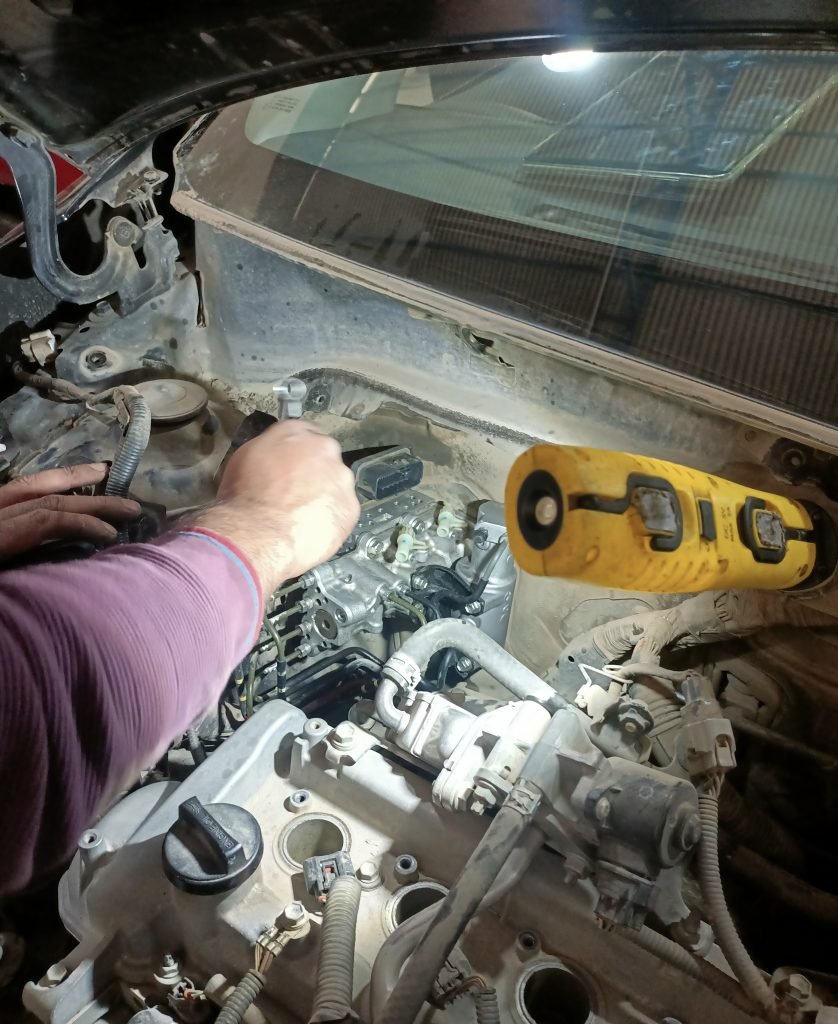Unraveling the Code: What C1391 Indicates
The Diagnostic Trouble Code (DTC) C1391 in a Toyota signals potential trouble with the brake accumulator pump. Specifically, it points to a leakage issue in the accumulator pump motor supply voltage. Understanding this code is crucial for maintaining the efficiency of the Anti-lock Braking System (ABS), a fundamental component for vehicle safety.
Probable Culprits: Causes of C1391
When faced with a C1391 code, it’s essential to identify the root causes. Possible offenders include a faulty brake accumulator pump, electrical issues in the power supply circuit, or a low brake fluid level. Each factor contributes to the compromised performance of the ABS system.
Faulty Brake Accumulator Pump:
The motor driving the brake accumulator pump might be malfunctioning or locked, triggering the C1391 code.
Electrical Issues:
Problems in the wiring or connections supplying power to the brake accumulator pump motor can lead to voltage drops and code activation.
Low Brake Fluid Level:
Insufficient brake fluid can impede the proper functioning of the brake accumulator pump, prompting the appearance of the C1391 code.

Navigating Solutions: Addressing C1391 Effectively
To rectify the C1391 issue, consider the following steps:
Professional Diagnosis:
Seek the expertise of a qualified automotive technician or a Hybrid EV Engineering center for a comprehensive diagnosis. Specialized diagnostic tools will be employed to pinpoint the precise cause of the C1391 code.
Wiring and Connections Inspection:
Thoroughly examine the wiring associated with the brake accumulator pump motor for visible damage or loose connections.
Brake Fluid Level Check:
Ensure that the brake fluid level is within the recommended range to guarantee the optimal performance of the brake accumulator pump.
Repair or Replace:
Based on the diagnosis, if the fluid level is adequate, wiring is intact, and pressure drops persistently, replacing the complete ABS unit may be necessary.
It’s crucial to address ABS issues promptly, given their significance in vehicle safety. For those less familiar with automotive systems, seeking professional assistance ensures proper diagnosis and repair.

ABS Accumulator Leak: Potential Causes and Prevention
Understanding potential reasons for an ABS accumulator leak is equally vital:
Seal Failure:
Seals within the accumulator can degrade over time due to age, temperature variations, and exposure to brake fluid, leading to leaks.
Accumulator Damage:
Physical damage like cracks or fractures in the accumulator can result in leaks.
Corrosion:
Exposure to moisture or contaminants in the brake fluid can lead to corrosion of the accumulator, causing leaks.
Manufacturing Defects:
In some instances, manufacturing defects in the accumulator may contribute to premature failure.
Safeguarding Your ABS: Preventive Measures
To prevent ABS accumulator leaks and maintain optimal braking system functionality:
Brake Fluid Replacement:
Replace brake fluid every 35,000 km using professional machines, following air bleeding steps during fluid replacement.
Conclusion
Remember, brake-related issues are critical for vehicle safety. Promptly addressing them and seeking professional assistance when needed is paramount. Attempting repairs without expertise can pose safety risks. Your safety on the road begins with a properly functioning braking system.
